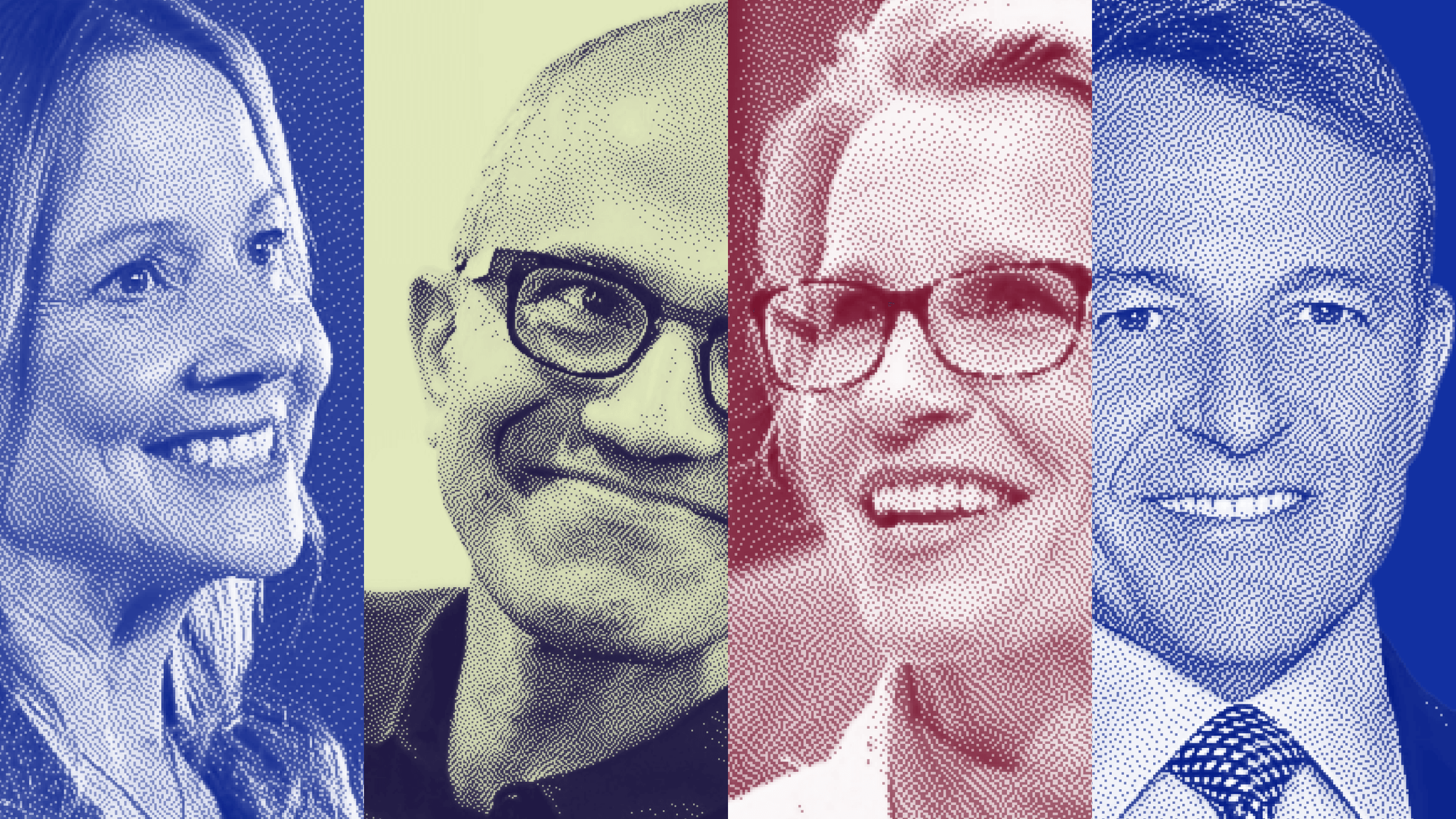The CEO explores the future monetization of advertising on the web.
Question: What is the future of digital advertising?
Spanfeller: Ad supported content has a place on the world, has had a place on the world and will have a place and that go for a role. That will only be assailed by a two large of a movement, if you think of the pendulum between you know, direct response and branding and whatever media were talking about but if it was too far towards direct response then that’s going to be this ad supported content model will come under or to more pressure. My guess is that it’s moving like my guess… my sense is moving much quicker to DR now that has in the past as more and more folks are reacting to the down turn of the economy by being more on away focus. As that downturn hits bottom and starts to bounce up a little bit, you’ll see folks redirecting their thinking to being not just lower panel but also made in higher panel which will drive more idea about actual advertising because the other day, we think about direct response is not really advertising, direct response is taking the demand that’s already been created by advertising and more efficiently converting in the sales. The total place in the world for that and it’s been a very, very big part of marketers arsenal for sometime, we will continue to be but there’s still a need for advertisers and so I think that you know, brand advertising content supported environment will be here in the future, how much pain we go through, remains to be seen.
Question: Is behavioral or contextual targeting better for online media?
Spanfeller: I think that right now anyway, behavioral targeting works only a fraction as well as contextual targeting. So, contextual targeting is when you’ve target obviously, when you targeted an ad around… around content that makes sense for the brand or the target audience and the theory is that the end user self selects themselves to be interested in that content, ergo falls in to your behavior or interior demographic and that’s not all that radically different from you know, very vertical trade publications or vertical specialist of publications and the offline world but you know what it worked then and it works now online. Behavioral targeting as in now, opposition of that or as a counter of that hasn’t working with this as well and maybe as it gets better as the you know, as the technology and the intelligence behind it increased, will start to work as well but so far it hasn’t and one of the reasons I think that’s true as with the few exceptions, curable exceptions, either you have on one extreme and set like forbes.com which is fundamentally very, very similar in terms of its user base. All right. There’s not a great disparity in terms of the type of people that are coming to forbes.com, they have all self selected themselves to be interested in 4G in content and the other extreme of that would be hours on the ad networks where there is incredible disparity. In the middle of some place and the closure to that then not are the portals which have great disparity and probably were behavioral targeting is work for the best because they’re able to pull out of all their different sort of service areas ways to get at specific demographics. The issue with the personal ad networks is that… I mean, there’s a lot of issues but in this case the issue is that they tend to mix the metaphor. They used the BT as a way to get around, the fact that they don’t contextually targeted and so what happens as you have messages showing up and environments that aren’t appropriate for the advertisers, and the result of that is instead of enhancing the brand, it in fact this is you know, we’ve done research on this, it actually diminishes the brand and so no matter how cheap you run those ads and that’s the… yeah sort of the way that the horrors on ad networks have evolved into or devolved into if you will. You know, they’re basically an arbitage model so it’s a race to the bottom so, CPN is in hours on ad networks started out it, you know, whatever they started it out someplace that was not horrendous and are now down into pennies a thousand but regardless, no matter how cheap those ads get, they can’t make up for the compression of brand equity that the environment which have served in has created and so if that they, what happened is the marketer loses. They want of the short term because they have some sort of definable ROI and that ROI is what's driving the decrease in CPMs but they lose on the long term because no matter how great an ROI they get on a DR medium, if they lose pricing power or they lose consideration, they loses the overall business.
Question: How is Forbes planning advertising 3.0?
Spanfeller: Oh you know, big question and right now I think that we’re not that similar from a lot of people and at the most of our energy is directed to let’s just get through this downturn and you know, we’re taking steps to do that. You know, we’ve come to a point and time where we think it’s not a correct thing to integrate our offline sales team and our online sales team, I think we’re one of the last folks who actually do that. We’re doing that more as an integration of equals as opposed to integration of one being the bigger dog than the other and that’s been helpful I think will continue to be helpful. To your point though, I think there’s going to have to be changes and will be changes in how advertising expressed in both offline and online formats. Online it’s not hard to imagine that because you know, think about it, it’s when we’re 13, 14 years old maybe less, as an ad medium on the web. So the idea that we have everything right is kind of crazy and even things we know are going to forward, we still haven’t figure out fully yet and I think the state of creativity in advertising online is pretty bad. I don’t think anyone really would debate that. The ability to use video online is only just getting scratch in terms of an ad opportunity, you know, right now it’s a very much of an alleges or derivative of television and other is I think wrong with that per se but the web rely you do so much more. Right, so instead of one of the same as one small example, instead of on the same creative over and over and over again, right. So, you watch sports or you have you watched the Academy Awards, you’ll see the same commercial during the same program, I don’t know 5, 6 times. Would that be great if an advertiser knew that it is shown in that commercial to an individual, you for example, and that you’d seen it 3 times and they knew through research that that was the optimal level time to show that creative and as soon as you had seen it 3 times, they change the commercial and in fact maybe they changed he commercial to be something that was sequential to the first generation. So, now instead of just getting 15 seconds or 30 seconds to tell a quick story, they actually can spit that over several executions and get 2 or 3 minutes to tell a story. So, that’s only one, one small way of thinking about how video and advertising online can be improve and surely will be improve, as people think more about it, spend more time with it.





